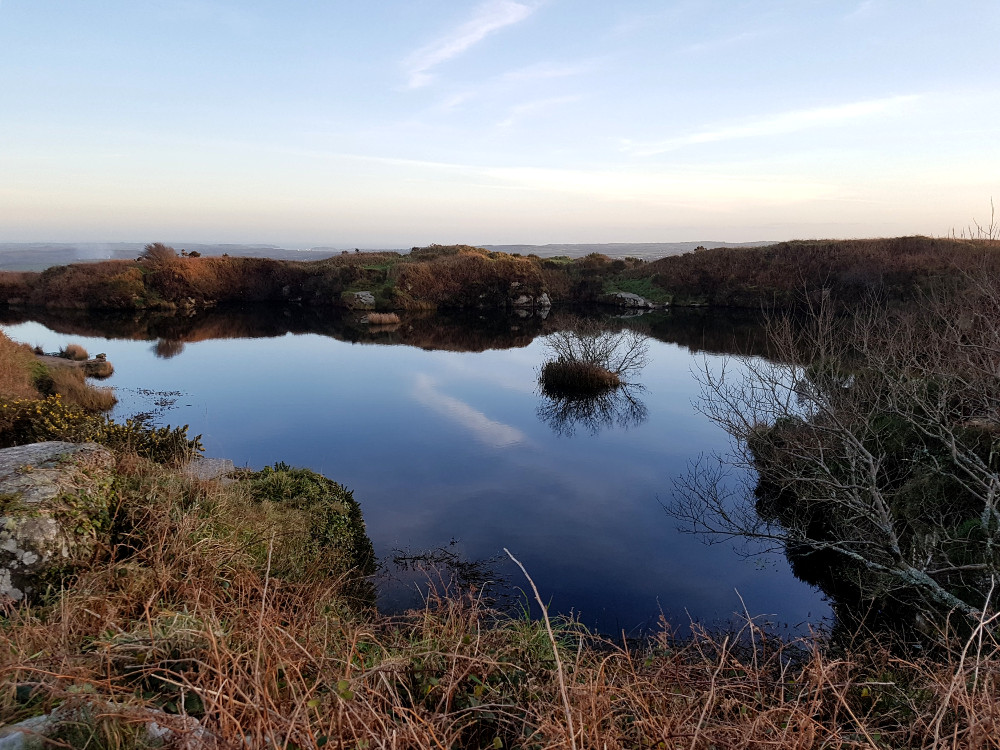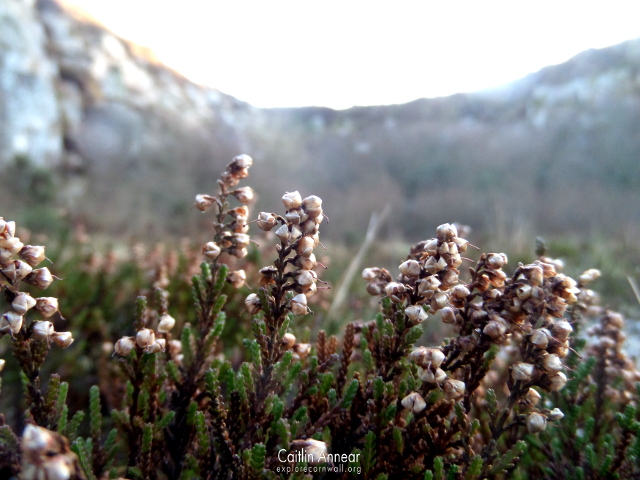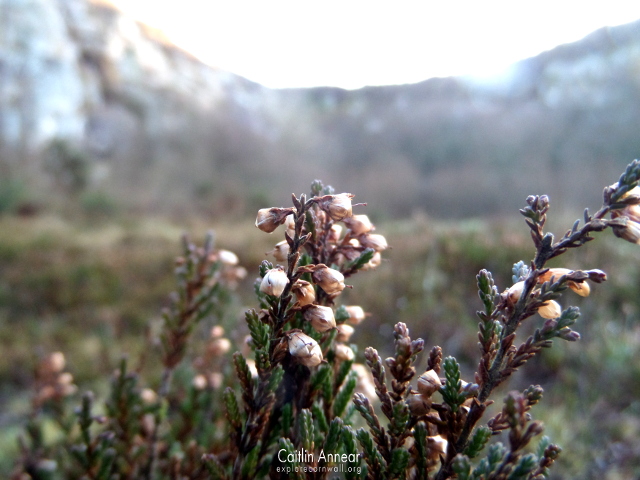Carn Marth is an ancient hill to the southeast of Redruth. Standing at 771 ft tall (235m), it’s the highest point in the area (although it’s a little shy of Brown Willy, Cornwall’s highest point, with is 1357 ft) and offers some pretty spectacular views of the surrounding area. You can see both coasts on a clear day and all the way up to St Agnes beacon, the St Austell area, Falmouth and Stithians lake
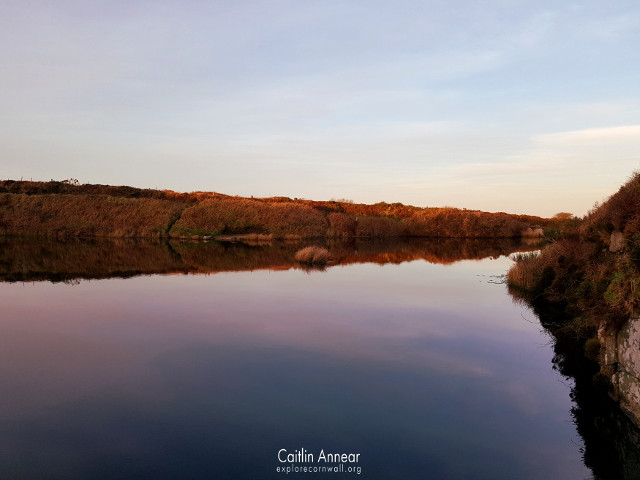
A little bit about Carn Marth’s history:
This lump of rock on the edge of Redruth has been used as a granite quarry for almost 200 years; in 1813, commercial stone cutting was done by a Mr. James Buller Esq, who used the granite blocks to mark out the boundaries of his land. In 1824, granite from Carn Marth was used to form some of the sleepers of the Redruth to Chacewater Railway, with each sleeper costing one shilling. Some of the granite from the hill went towards the mine engine buildings of a number of Gwennap mines and as part of the stamps. In 1825, the front wall of Wesley Chapel, just above the train station, was built from fine Carn Marth granite; however, this was not the only one, with it’s granite becoming a core constituent of several churches in the area, including the 1903 renovation of Lanner’s Wesley Chapel.
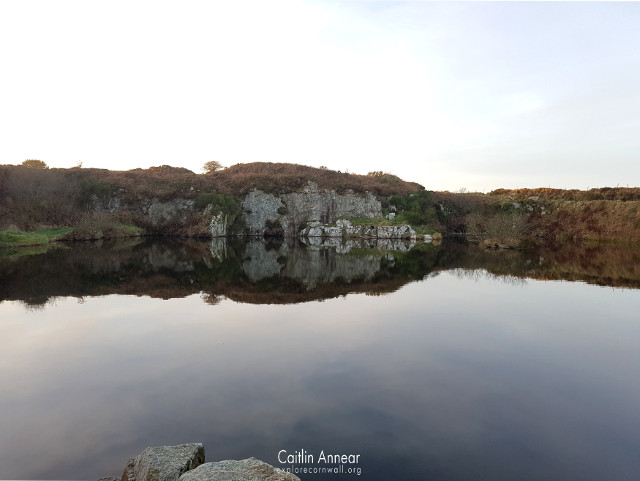
From 1868s the quarries were run by The Carn Marth Cornish Granite Quarries Company, but this was short lived and by the 1880’s the Cornish Granite and Freestone Company took over. With a little help from Lord Clinton, the company boomed, with it’s granite going towards the new Clinton Road, the Science and Art School, St Andrew’s church, Redruth library, and the Robert Hunt Memorial Museum to name a few. Stone was also supplied for grave yards, local mines, monuments and the Redruth viaduct.
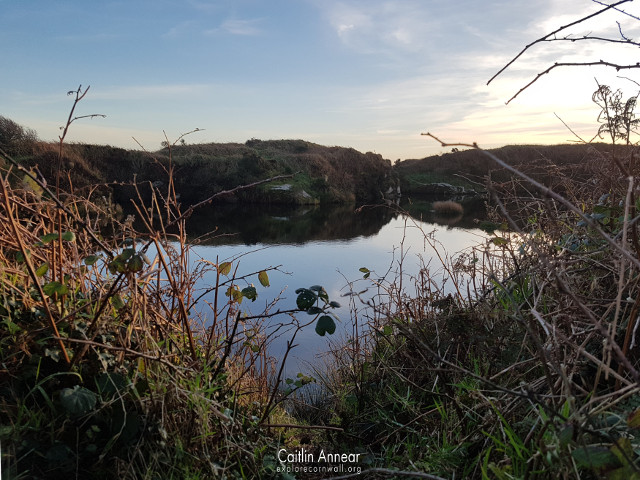
The company continued to have success until it’s final operator, a Mr. Harris gave up his lease in 1917, and they were abandoned. In 1954, the Lanner Moor Roadstone Company began excavating the lower converted quarry until the 1960’s. It was then owned and run by several other companies until 1986, when a final attempt by the Mineral Contract Services of Bissoe was thwarted by a large number of locals who wanted to see what remained of it’s natural beauty conserved. The Carn Marth Trust was formed, they raised funds to buy the site and to this day maintain it.
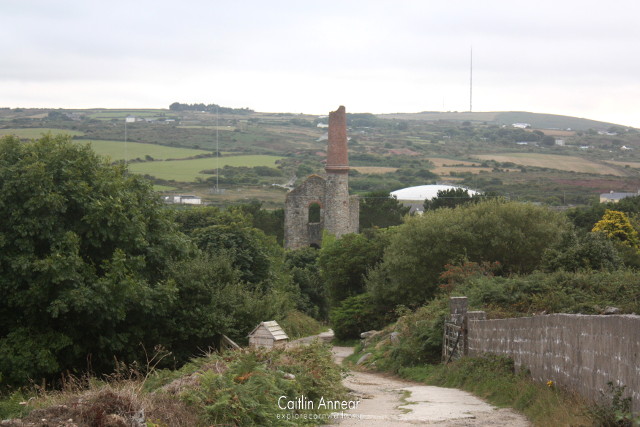
This walk is going to start from Carn Marth Lane on the south side of the hill. Assuming you can get one of the illusive parking spaces here, your first site is going to be the remaining engine house of Pennance Consols.
This is the 50-inch pumping engine that was built for Baronet’s Engine shaft in 1866.
A little something about this gem can be found here.
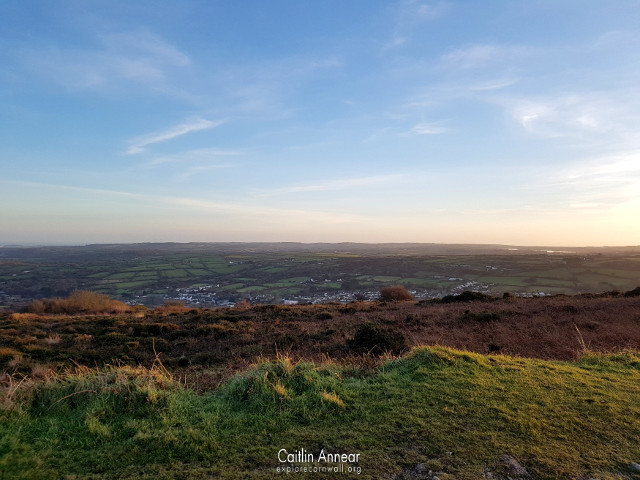
Take a left up the steep path to the left of the engine house, it’s got quite a rough and battered surface, so watch your step. The first point of interest is a quarry on your left about half way up; this was converted into an amphitheatre by the Carn Marth Trust who host performances here to raise money towards maintenance of the area.
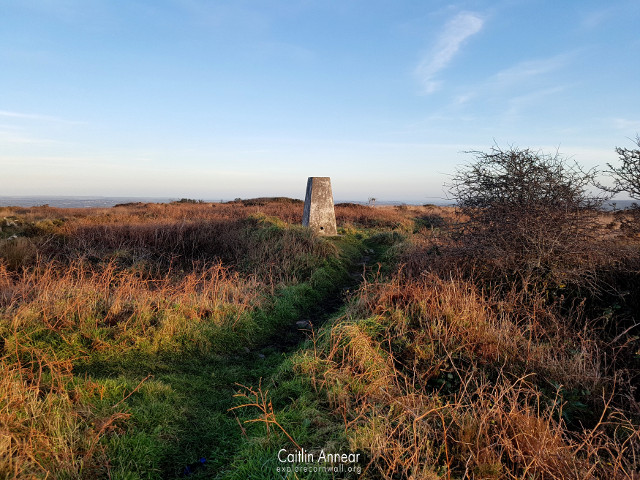
Head back out of the amphitheatre quarry and continue up the path towards the top of the hill. On your left if now another old flooded quarry. This one was known as Hick’s or Cornish Granite and Freestone quarry. Granite from this quarry, and the others on Carn Marth, were was used in a number of prominent buildings around Redruth such as St Andrew’s church, Redruth library and houses on Clinton road.
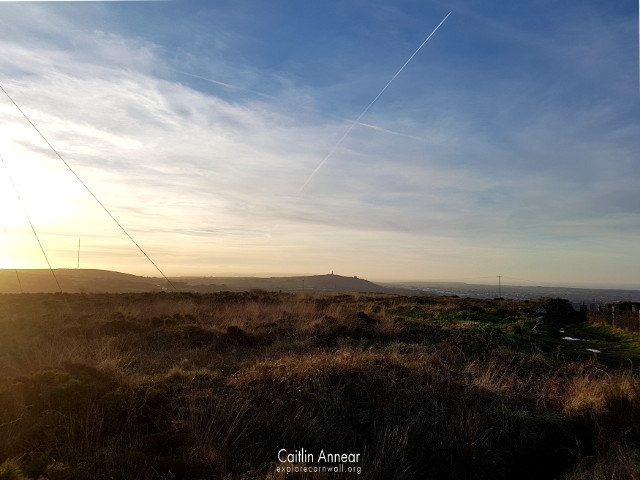
The lake/pond from the other side; this is a popular fishing spot and doggy swimming pool.
At the top of the path is a defaced sign showing all the landmarks that you can see from this point – unfortunately it’s gotta pretty scratched up over the years. This view is to the east and you can see Stithian’s lake on the right and Falmouth on the left. The village of Lanner sits just below Carn Marth.
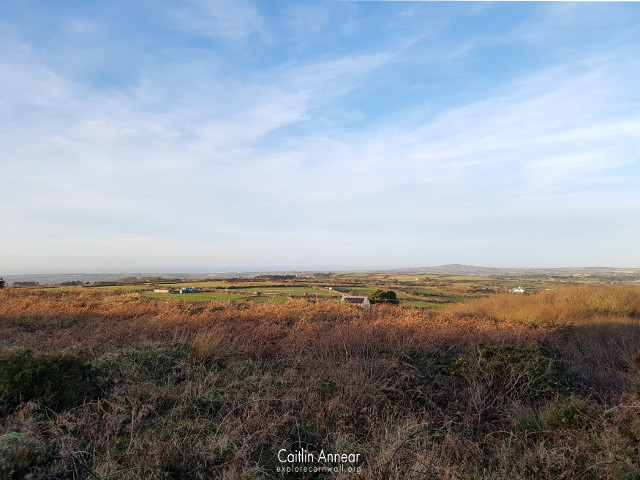
Continue around the lake/pond to the left (the path to the right takes you to a maze of public footpaths that head toward Carharrack). You can then get a great view to the north-west, including St Agnes Beacon and the Atlantic coast.
A more westerly view looks towards Carn Brea, another popular walking spot. If you squint a bit you can see Carn Brea castle (now a restaurant) and the granite Basset monument, built in 1836 as a tribute to Francis Basset.
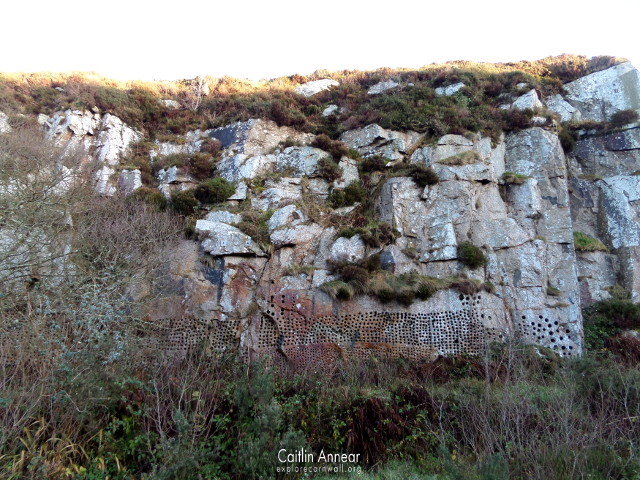
Following the path down the hill now, be careful as this is another really uneven path that can be very muddy and slippery in the Cornish weather. Continue on until you reach a kissing gate on your right, this leads to the lower quarry, which is now quite overgrown and boggy. This quarry, known as North, Harvey’s or Holman’s quarry, was frequently used by local company Climax to test their drills.
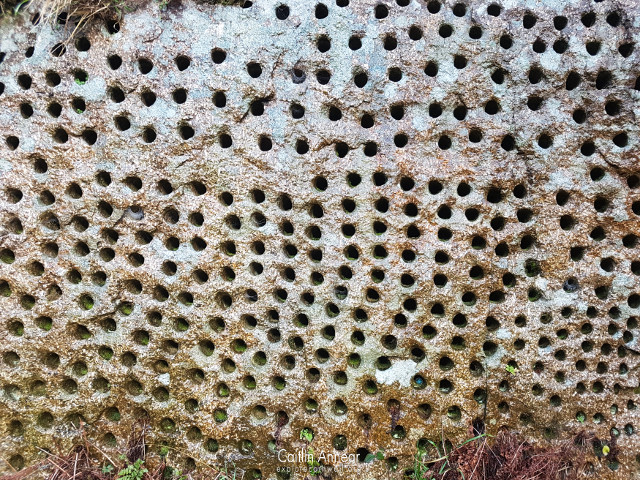
From the quarry, return back the way you came for the quickest route back to the start. There are several other public footpaths in the area, but this all lead in the opposite direction and will require walking along the road to get back to Carn Marth Lane.
If you choose to go down any of the other paths that lead towards Pennance Road, these give you some nice views of Carharrack, St Day and Twelveheads etc. The old Redruth-Chacewater railway went through Carn Marth on its way Twelveheads and is often including in the local tramway trails, typically used as a continuation of the Great Flat Load trail that joins up with the trails going through Carharrack towards Bissoe.
The whole area is free to access, although several of the paths are very steep and often boggy, so take care.
There’s a small amount of parking on Carn Marth Lane (SW 711406) and on Cal Hill (SW 712411) – these are both pokey little lanes, so be careful not to obstruct any driveways. You can also park at the top of Lanner and use one of the public footpaths from there. There is also a maze of paths coming up from Pennance Road, however there is very little parking there.
Acton, B. (1989) View from Carn Marth: Seven Walks Amid Cornwall’s Industrial Past. Truro: Landfall Publications.
Carn Marth Trust (no date) Carn Marth. Available at: http://www.carnmarth.org.uk/ (Accessed: 30 December 2017).
carnmarth.org (no date) About Carn Marth. Available at: https://carnmarth.org.uk/cmphtml/about.htm (Accessed: 25 January 2021).
Gwennap Pit and Carn Marth circular walk (no date). Available at: https://www.iwalkcornwall.co.uk/walk/gwennap_pit_and_carn_marth (Accessed: 25 January 2021).
